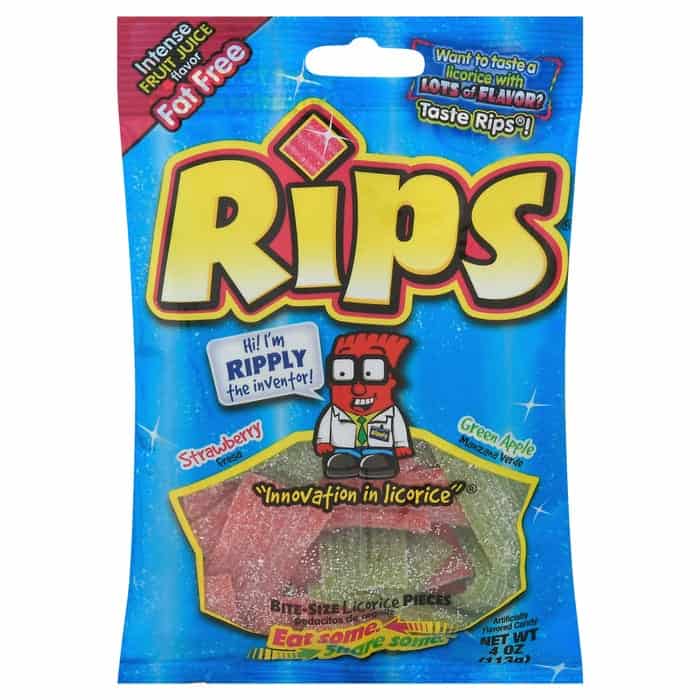Understanding Rip Currents: A Parent’s Guide to Beach Safety
Hey there, beach-loving parents! Are you planning to make waves with your little ones at the seashore? Splendid choice! But as you pack the sunscreen, towels, and sandcastle tools, let’s also brush up on our beach safety – specifically, about the sneaky and potentially dangerous rip currents. Don’t fret, though! Armed with the right knowledge from this parent-friendly guide, you can ensure a fun and safe beach experience for the entire family.
What Exactly Are Rip Currents?
Rip currents are fast-flowing water channels that move away from the shore. Picture them as speedy rivers within the ocean. They are natural occurrences that can be stronger and more prevalent depending on weather conditions, tides, and the shape of the beach bottom. Understanding how they form and function is key to recognizing and respecting their power while splashing about with your kids.
Spot the Signs: How to Identify a Rip Current
Before you lay down your beach blanket, spend a few moments scoping out the surf. Rip currents can be identified by:
- A break in the wave pattern – the water in a rip may not have breaking waves.
- A channel of churning, choppy water – it could look like a road of foam moving away from shore.
- A difference in water color – rips often carry sediments, making the water appear murkier.
- Floating debris or foam moving seaward.
- A noticeable rippled surface surrounded by smoother waters.
Use these signs to educate your children on what to look for and ensure they’re aware of their surroundings.
Teaching Your Kids About Rip Current Safety
Talking to your kids about rips is as essential as teaching them to swim. Make it an engaging activity, like a beach detective game, to spot the tell-tale signs. Stress the importance of staying calm if they ever find themselves caught in a rip. Most importantly, emphasize that if in doubt, they should stay out!
What to Do If Caught in a Rip Current
Panic is the rip current’s best friend and your worst enemy. If you or your child is caught in one, remember these lifesaving steps:
- Stay calm to conserve energy.
- Wave and yell for help.
- Do not swim against the rip. Instead, swim parallel to the shore until out of the current’s grip.
- If unable to swim out of the rip, float or tread water.
- Once out of the current, swim at an angle away from the rip and towards shore.
Drills and role-playing these steps can boost your child’s confidence and preparedness.
Hey, fabulous beach-parent! By now, you’re becoming a rip current whiz. However, there’s more to uncover as we protect our treasured ones from these stealthy sea streams. Ready for more insights on making beach trips the epitome of fun and safety? Let’s keep the ball rolling!
Prevention is Better Than Cure: Avoiding Rip Current Dangers
Always choose a lifeguard-patrolled beach when possible and swim within the designated areas. Engage with the lifeguards about current conditions, and heed any warnings or flags signaling dangerous rip activity. Preparing your family starts before you even step foot on the sand, so teach your kids about the flags’ color coding and what each one means.
Remember, the essence of a joyful and memorable day at the beach lies in the laughter of our kids as they dash through the waves, all under the watchful eye of informed and prepared parents. Rounding up the knowledge and tips in this guide will surely make your seaside adventures as safe as they are delightful. Keep those smiles broad and those sandcastles high, but most importantly, keep your family safe and sound in the embrace of Mother Nature’s aquatic playground.
The topic of rip currents may seem daunting, but it’s a pivotal part of any water-related activity, especially at the beach. It’s our sincere hope that this guide empowers you, as parents, to navigate the complexities of the ocean with ease. Stay vigilant, stay informed, and let the sound of the sea be a backdrop to an unforgettable family outing filled with sun-soaked memories.
Remember to check back for more informative segments, as this is just the beginning of our deep dive into rip current safety. Your preventative measures and astuteness could be the life-preserving force that turns a risky situation into a teachable moment. With newfound knowledge and precautionary steps, your next beach day can be a blissfully carefree experience for everyone in your family.

Five Things Parents Should Know in Preparing for Rip Currents
As we continue our journey to beach safety enlightenment, let’s explore five essential things you as parents should know when preparing for potential encounters with rip currents:
-
Education is Key:
First and foremost, understand the basics of rip currents yourself. When you know how they work, you’ll be in a better position to explain them to your children. Use accessible language and analogies to make it relatable. Awareness is the first line of defense against these hidden aquatic hazards.
-
Observation Skills:
Teach your children to observe the sea before dipping their toes in. Encourage them to notice the patterns in the waves, the color of the water, and any signs that lifeguards have posted. By fostering their observational skills, you empower them with the ability to recognize safe from potentially unsafe areas.
-
Swimming Proficiency:
Ensure your family has basic swimming skills and understands how to float or tread water. Swimming strength matters, but knowing how to preserve energy when in an unpredictable situation can mean the difference between panic and safety.
-
Have a Plan:
Discuss with your family what the plan is if anyone is caught in a rip current. Reiterate the importance of remaining calm, signaling for help, and the best escape strategies. Practicing this plan in a controlled environment could be beneficial, making the actions second nature if needed.
-
Equipment and Gear:
Bring the proper equipment to the beach. Life vests for younger or less confident swimmers, flotation devices, and a first aid kit are beach bag essentials. Gear up not just for fun, but for safety too. Also, consider providing whistles for your kids to blow on if they need immediate attention.
Being well-prepared for a day at the beach means considering everything from the sun’s rays down to the sea’s currents. Rip currents, although invisible to the untrained eye, are manageable with the proper awareness and preparation. As you arm your family with knowledge and proactive measures, you set the stage for not only a joyous beach outing but a secure one too.
Understanding and preparing for rip currents can seem overwhelming, but think of it as an opportunity to bond with your children over shared learning. Whether you’re making a game of spotting rips, practicing escape strategies in the pool, or checking out life jackets together, you’re building a foundation of safety that extends far beyond the beach. Get ready for sunny days ahead, with confidence and peace of mind accompanying your beach bag essentials.
Always keep in mind that while we can prepare and prevent, nature comes with its own set of rules, so respecting the sea is paramount. By instilling a combination of respect, awareness, and preparedness, you are creating an environment of vigilance that will be invaluable not just on the beach, but in all walks of life. So go ahead, equip those little adventurers of yours and set out for the sun-kissed coast, knowing you’re all geared up for a fabulous and safe day ahead!
For more great fun click here. For more information see here
Disclaimer
The articles available via our website provide general information only and we strongly urge readers to exercise caution and conduct their own thorough research and fact-checking. The information presented should not be taken as absolute truth, and, to the maximum extent permitted by law, we will not be held liable for any inaccuracies or errors in the content. It is essential for individuals to independently verify and validate the information before making any decisions or taking any actions based on the articles.




